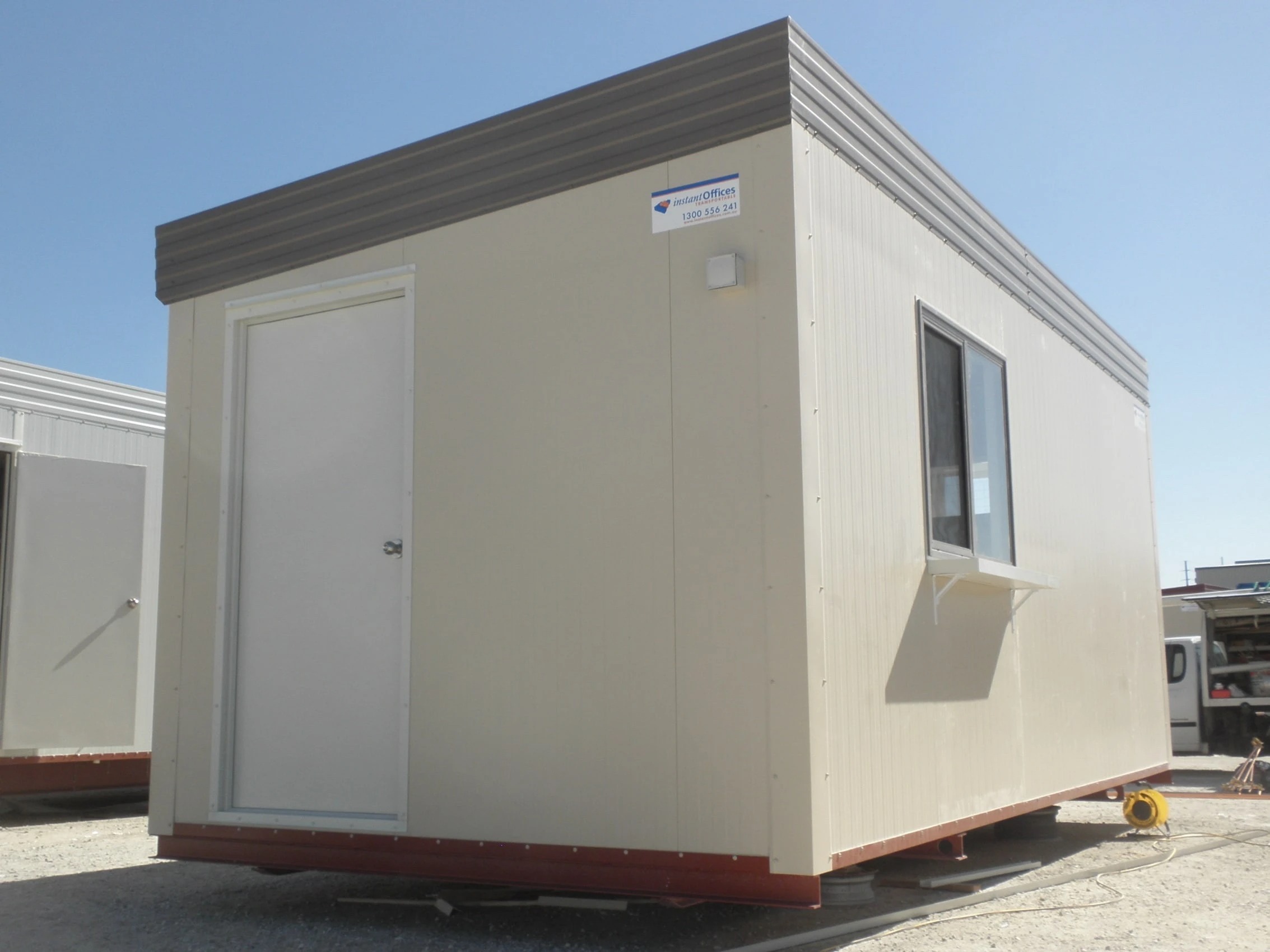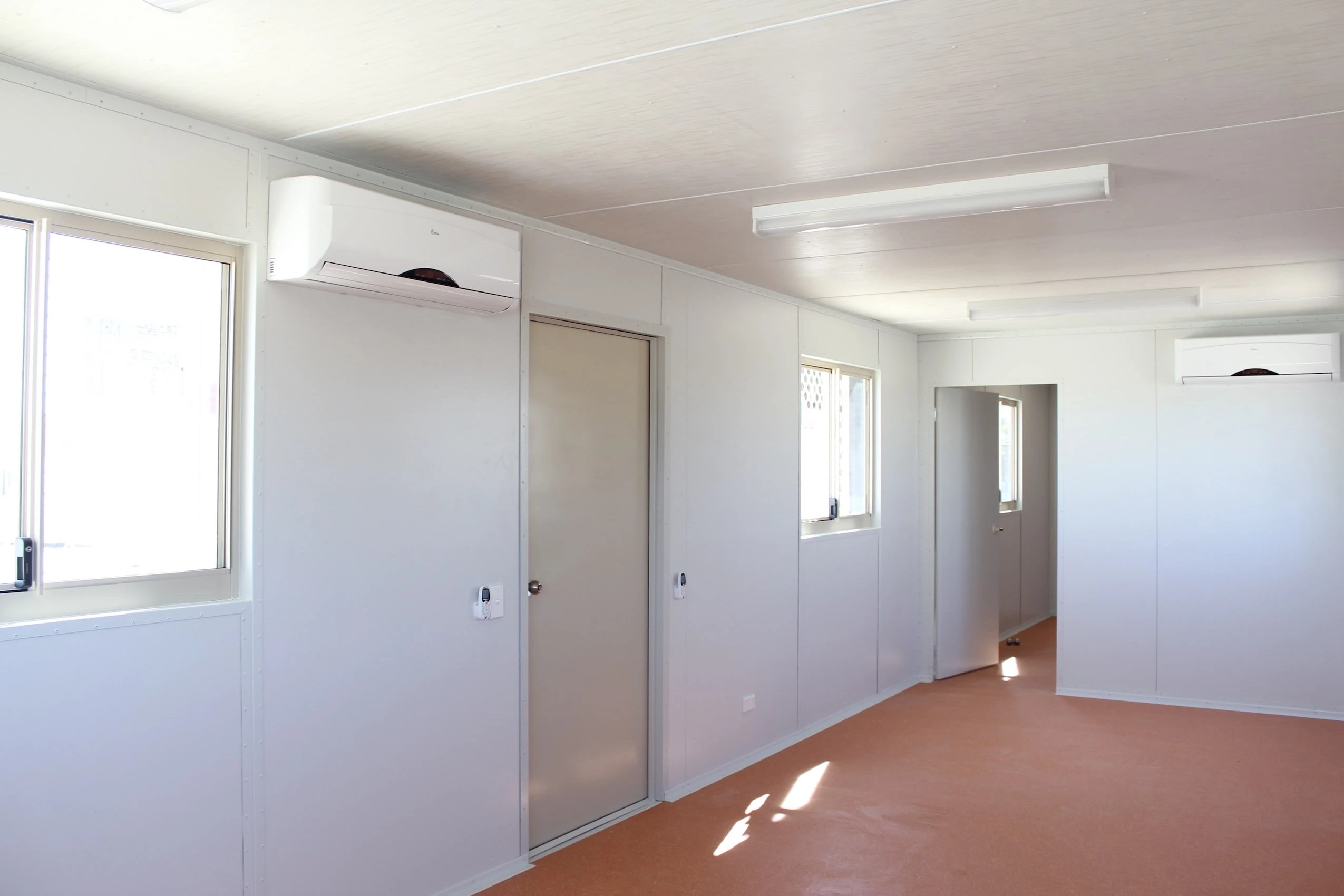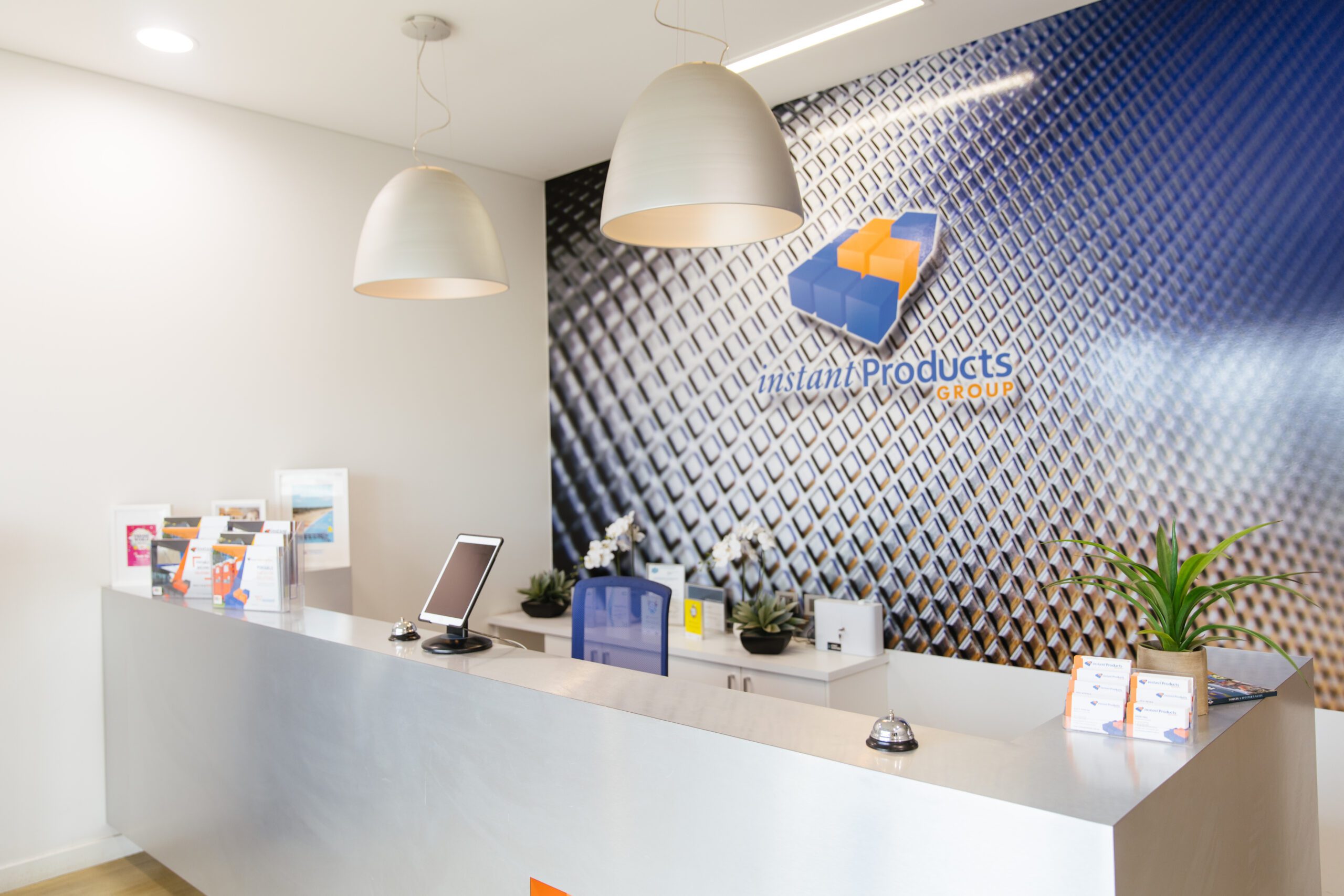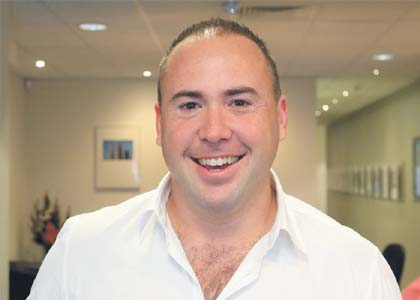If you’re looking to buy a donga, figuring out the right size and layout is one of the most important decisions you’ll make.
The way a portable building is set up can affect how your team works, how comfortable the space is, and how well it fits your job. Some are built for open offices, others for private rooms or mixed use.
In this guide, we’ll run through the different options and what to look for when choosing a setup that fits your needs.
Why Size and Layout Matter When Buying a Donga
The size and layout of a donga directly affect how useful it is on site. A small unit might suit a single person working short term. A larger one with more space or separate rooms can support a full team, store gear, or create areas for meetings or downtime.
Layout also plays a big role. Open rooms give you flexibility for desks, tables or shared work. Two-room or split layouts are better when you need privacy, quiet, or separate functions in one building.
If your needs are likely to change or if you’re not sure what layout makes the most sense, we can help you work through the options. Our team has worked across all kinds of worksites and projects, and we’re here to make sure you get the right setup from the start.
Types of Dongas

At Instant Transportable offices, we offer 12 different types of dongas to suit a range of business needs. These options vary in size and layout, giving you flexibility depending on how much space you need and how you plan to use it.
- 3.6m x 2.4m Portable Office (Open Plan)
- 3.6m x 3m Portable Office
- 4.8m x 2.4m Portable Office (Open Plan)
- 4.8m x 3m Portable Office
- 6m x 2.4m Portable Office (Open Plan)
- 6m x 3m Portable Office
- 6m x 3m Portable Office (2 Room Layout)
- 6m x 4m Portable Office
- 7.2m x 3m Portable Office
- 8.4m x 3m Portable Office
- 9.6m x 3m Portable Office (Open Plan Layout)
- 9.6m x 3m Portable Office (2 Room Layout)
Not sure what size is right for you? Let us know what you’re using it for and we’ll help match you with the best option.
Common Layout Types and How to Choose the Right Donga for the Job
Different layouts suit different types of work. Some projects need open space for a team to work together. Others need quiet, private rooms or a split setup that handles multiple uses in one building.
Here are the most common layout types and when they work best.
Open Plan
Good for:
- Site offices
- Admin or project teams
- Shared meeting spaces
Open rooms give you flexibility with furniture and can be rearranged as needed. Great when people are working together or using the space in shifts.
Two-Room Layout
Good for:
- Supervisor and staff separation
- Office and storage combos
- Worker accommodation with privacy
This setup creates a clear divide, which is useful when you need quiet, separation, or dual use in the same building.
Split / Partitioned Layout

Good for:
- Training rooms and admin areas
- First aid or interview spaces
- Multi-purpose zones with high foot traffic
Partitions help manage noise, traffic flow and privacy. They work well when people are moving through the space or using it for different things at once.
Key Features to Consider
Once you’ve locked in the size and layout, it’s worth looking at the features inside the donga. These are the details that affect how comfortable and usable the space will be day to day.
Air Conditioning

A must for WA conditions, especially in remote or high-temperature areas. All our units come with reverse cycle air conditioning to keep things comfortable year-round.
Lighting and Power Points
Well-placed lighting and multiple power outlets make a big difference. Think about how many people will be using the space, where desks or gear will go, and what needs to be plugged in.
Windows and Ventilation
Windows help with airflow and natural light, which can improve comfort and energy use. Placement matters too — it can affect how hot the space gets or how well you can position furniture inside.
Orientation and Site Setup
The way your donga faces can impact heat, glare and access. It’s worth thinking about before delivery (especially if you want the door or windows to face a certain direction).
Optional Upgrades
You can also choose extras like insulation, blinds, flooring types, or skirting. These help with comfort, energy use, and overall presentation.
Get the Right Donga for the Job

Choosing the right donga comes down to understanding your space, your team, and how the building will be used. With a wide range of sizes, layouts and internal features available, it’s worth taking the time to get it right.
If you’re still not sure where to start, give us a call on 08 9406 6600. We’ll walk you through all of our dongas for sale and help you find a setup that fits your project and your site.

Managing Director at Instant Transportable Offices
Scott Rawson is the Managing Director of Instant Products Group, a specialist group of companies that offer portable building solutions, including sea containers, transportable offices, and portable sanitation products. With more than 20 years of experience in various management positions and a finalist in the WA Business News 40 under 40 awards in 2013, Scott is a highly motivated entrepreneur that has a passion for designing products to suit the needs of individual markets. From the creation of Instant Products Group over 20 years ago, he has successfully grown the group into a multi-million dollar corporation and his success is widely recognised in Western Australia. Scott is dedicated to expanding Instant Products Group nationally and providing high-quality products to a range of sectors, including mining, engineering, property development, and government.

